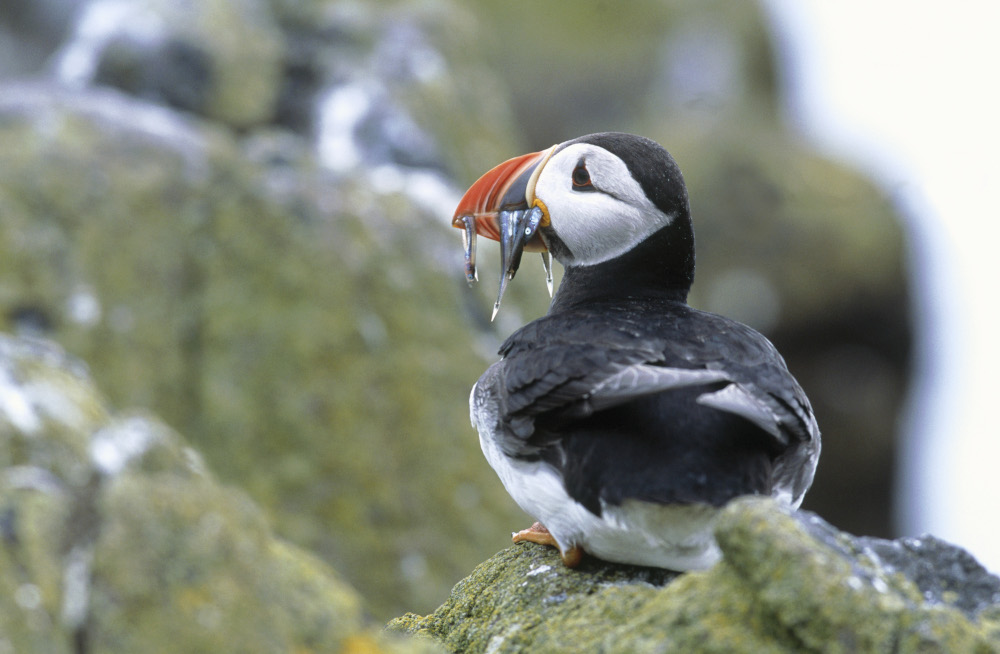The RSPB is asking members of the public to help support puffin conservation by getting involved with their latest project from home.
As puffins return to the UK’s coastlines, the RSPB is looking for bird-watchers to submit their photos of the colourful bird to help monitor population levels.
The scheme, dubbed “Puffarazzi” by the organisation, hopes to find out what is causing plummeting numbers of the species across the UK and Europe.
The sea bird is now vulnerable to extinction, and Puffarazzi aims to focus specifically on differences in food availability related to climate change.

People can join the Puffarazzi by submitting photos from visits to puffin colonies in previous years where they have snapped pictures of these colourful seabirds with food in their bills.
The photos help scientists learn more about what puffins are feeding their chicks, or ‘pufflings’, and how this might have changed over time.
This year the project is adapting to take coronavirus guidance into account, asking people to focus on digging through their photo albums and files at home for any images that could be useful.
The photos will help scientists identify areas where puffins are struggling to find enough nutritious fish needed to support their pufflings, with the historical photos providing an invaluable comparison of how food availability has changed over time.
Connie Tremlett, RSPB Conservation Scientist and manager of the project this year, said: “We’ve been bowled over by how many people have already taken part in Puffarazzi, – the response so far really shows how beloved these ‘clowns of the sea’ are, and how each and every one of us can play a part in saving them.
“As puffins return to our shores, we’re once again asking people to share their photos from previous years with us.
“However old your photo is, as long as it has a picture of a puffin with food in its beak, and you know when and where it was taken, it will help.
“Those who join the Puffarazzi are filling key gaps in our knowledge, helping us to understand what threats are facing these little seabirds.
“This is the first critical step to determining how to save them and ensure they return to our coasts for years to come.”
